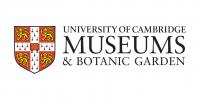Still Life: The Art of Taxidermy - this exhibition took place from 31st July to 16th September 2018
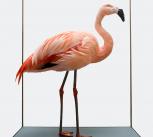
Museums use taxidermy to present animals posed as if they were still alive. Real skin (including the fur, feathers or scales) is mounted over an artificial body or armature to recreate a lifelike shape.
The word taxidermy comes from two Ancient Greek words; taxis, meaning arrangement; and derma, meaning skin. The modern practice of taxidermy may involve carpentry, tanning, moulding and casting, but it also requires artistic talent. Few museum specimens are by named artists and, until recently, the skill of the taxidermist has rarely been acknowledged.
In Britain, the craze for collecting mounted animals peaked in the late 1800s, but taxidermy then fell out of fashion. A recent revival has renewed our appreciation of taxidermy as an artform.
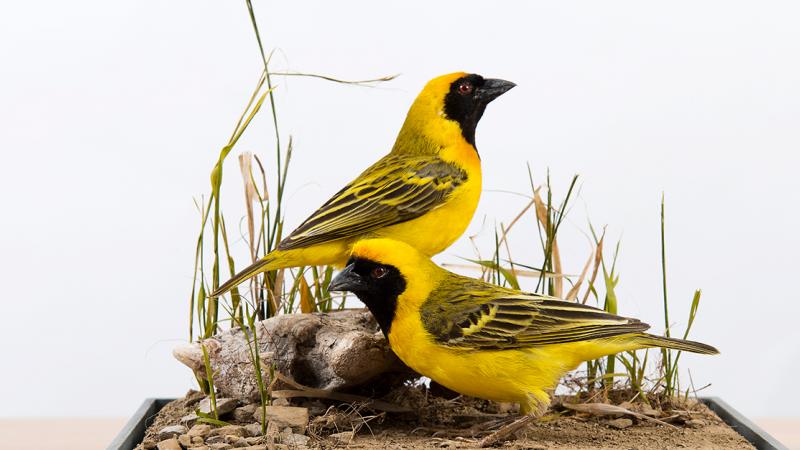
Jack Fishwick: Taxidermy as Art
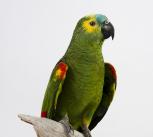
All of the taxidermy in this exhibition is by Britain’s leading taxidermist, Jack Fishwick. For Jack, taxidermy is primarily an artform, but one based on a deep understanding and careful observation of the natural world. He has risen to the profession’s highest level, winning international championships and acting as a judge and instructor at all of the world’s major taxidermy events.
From a very early age he was fascinated by natural history and had a passion for drawing and painting wildlife. He trained at Leicester Museums and has worked as taxidermist for Bradford Museums and National Museums Scotland. He continues to provide freelance taxidermy, dioramas and model-making services for many public and private institutions.
This exhibition has been more than five years in the making. The works on display illustrate Jack's enthusiasm for the art of nature and the nature of art.
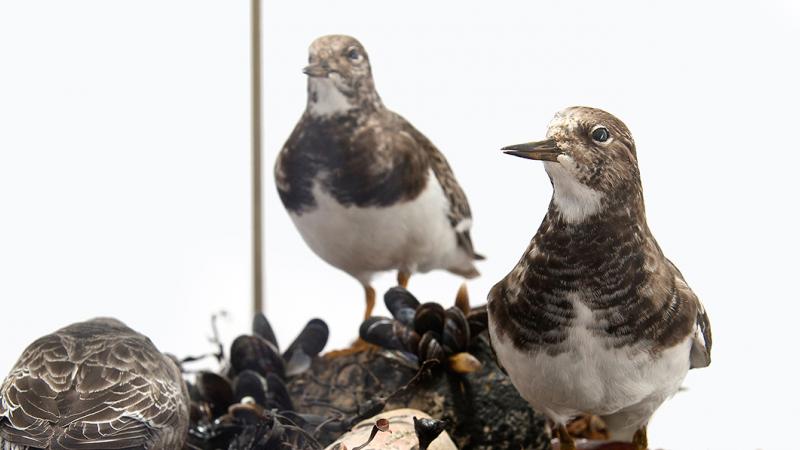
The exhibition is free of charge and runs from Tuesday 31st July 2018 to Sunday 16th September 2018





